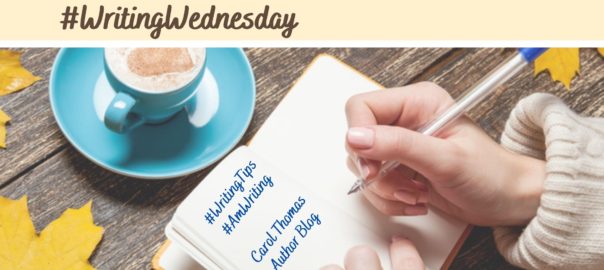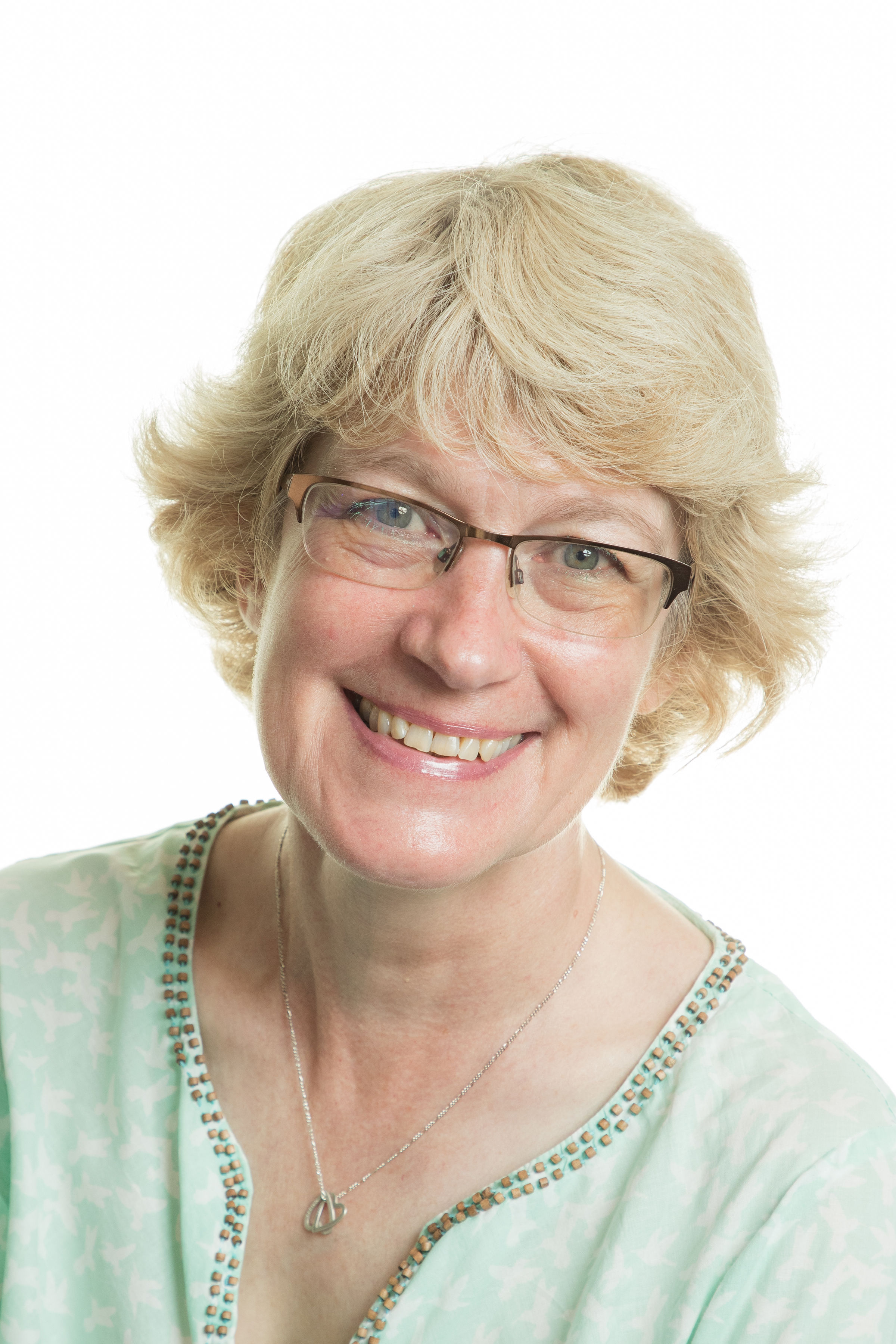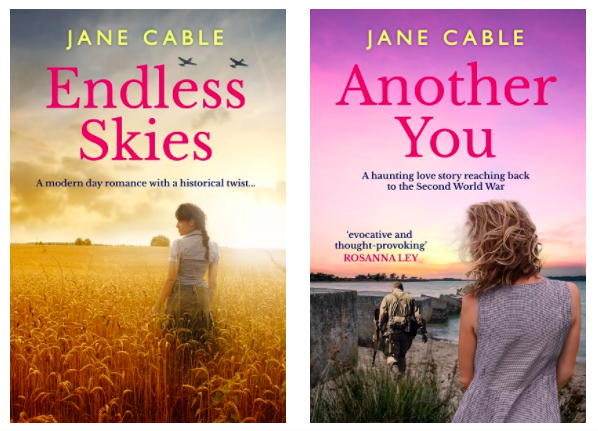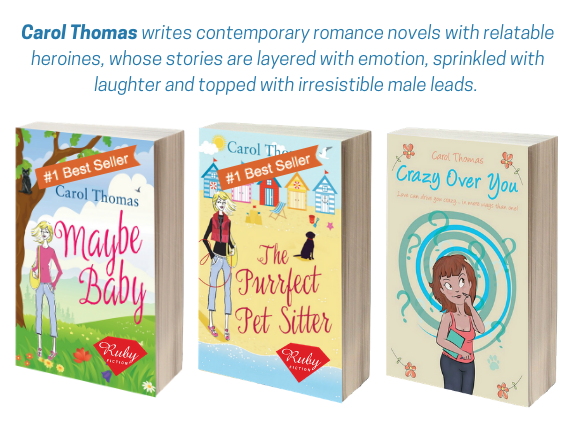A PERSONAL APPROACH TO SELF-EDITING.
I am the ultimate dirty first drafter. I have learnt to bash out the bones of a novel in around three months, starting with just a few pages of the outline agreed with my publisher, but with the strong proviso that details may change.
What I end up with is invariably a bit of a mess, so rather than feel slightly sick at the prospect of fixing it all at once, I go through the manuscript again and again, focussing on one aspect of the editing at a time.
Consistency
Very often the story – or at least the character arcs – have changed a great deal as I’ve been writing so this edit is to update the beginning and middle for what I’ve learnt by the end. It’s mainly dealing with my characters’ motivations and conflicts so vital to the logical progression of the story.
Structure
I don’t worry too much about structure as I write. That said, I like to make sure that the key points, the dips and crescendos, are in roughly the right place. There are many frameworks to choose from, but my preference is for Blake Snyder’s Save the Cat. It was originally devised for screenplay but keeps a novel tight as well.
Necessity
I go through every scene, then every paragraph in every scene, to make sure it’s absolutely essential to the story; either moving the plot forwards or giving the reader vital information about a character. If it does neither, however much I may like it, it goes.
Emotion
Each major character has their own edit for this, when I go through the whole story from their point of view, thinking deeply about how they feel as events unfold. It’s perhaps the most intense phase for me, and not something I can do all day, but it pays huge dividends when you get it right.
Balance
If you think about it, most books are made up of action, description and dialogue, so with this edit I highlight each one in a different colour. That pretty soon tells me if the balance of the book is wrong and where I need to put it right.
Timeline
This involves going through the whole manuscript and putting a date and time on each scene, using just the clues in the text. It’s surprising how many errors it can throw up and is a useful reference point going forwards.
Jane Cable writes romance with a twist and a look over the shoulder at the past. She published her first novel, the multi-award winning The Cheesemaker’s House, independently and is now signed by Sapere Books.
Discover more about Jane and her work, here: Facebook | Twitter | website | Apricot Plots | Sister Scribes .





Really excellent, concise writing tips. Thank you so much, Carol and Jane. I will have this procedure in mind for next time.
That’s great, Angela. I am going to do the same too. x
Thank you, Carol and Jane. This is such an excellent post. I find editing hard, so to have points set out so clearly will be invaluable. I’m writing the first draft of novel three at the moment and will have this list at my side when I start editing.
That’s great you found Jane’s advice useful. Best of luck with your editing. xx
Great advice here. I’ve already found ‘discrepancies’ in my timeline, so I always keep a notebook next to my computer as I think of things but I have never taken this approach. Very interesting.
Thank you for reading, Helen, glad you found Jane’s advice useful. Best of luck with your editing.x